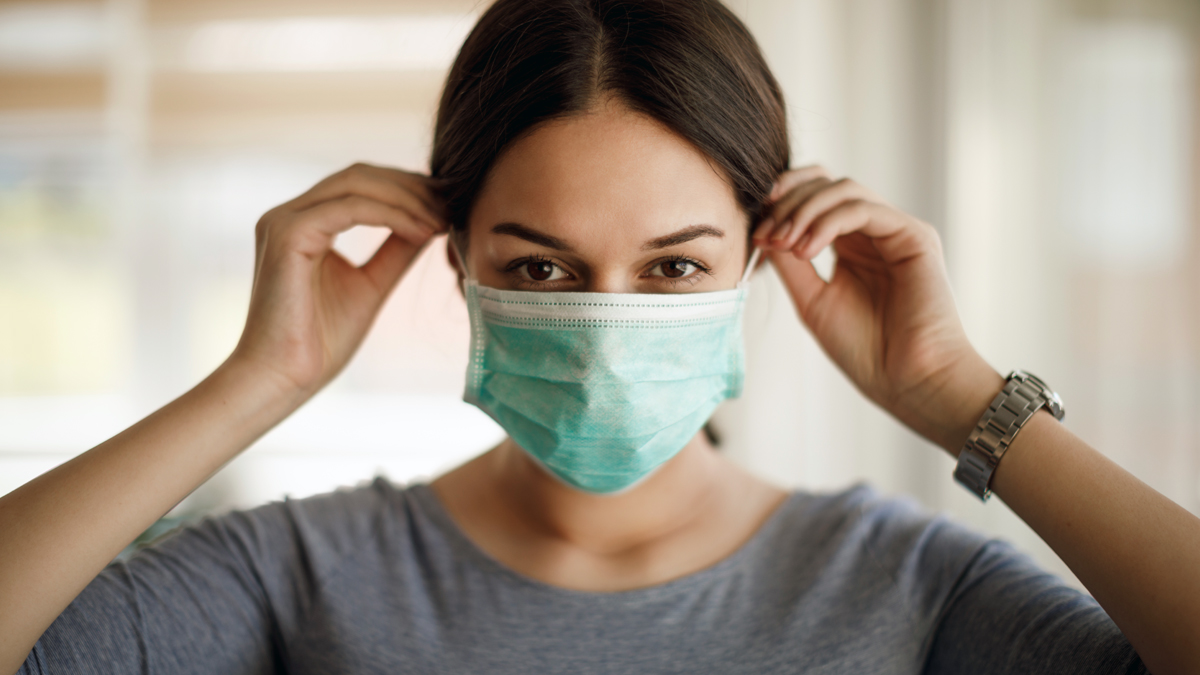Whether we like it or not, but face masks have now become an important accessory and an item for survival. However, the question is – will masks become the ‘new normal’ even after the pandemic has gone? Sometimes, it takes a pandemic to change a behaviour. Since the outset of the COVID-19 pandemic, the debate about the benefits of wearing masks to help control the spread of the virus has been growing. Yes, face masks make us feel hot, they even fog our glass, but above all – they help us save our lives. What else do we need to prove the benefits of using a face mask.
Since the arrival of the pandemic and now looking towards the rising number of COVID-19 cases, various health experts and portals are continuously urging people to not let go of their masks at any cost besides taking other precautions. It’s been more than a year now and masks have become a quintessential addition to our lives. Since coronavirus has entered in our lives and masks became the new necessity, we have tried different types of masks from home-made cloth masks to N95 face respirators.
With the mandatory use of face masks, we probably by now must have seen people wearing masks in a variety of different styles: Dangling from one ear, pulled down below the nose or resting below the chin. But the emergence of second wave has taught people how exactly to wear a mask, it is now important to know which mask should be worn by a person at the moment in respect to their surroundings.
Masks basically are classified into two types – medical masks and fabric masks. Recently, World Health Organization (WHO) has shared some guidelines on wearing medical and fabric masks – who should wear them, when and how –to make people aware of the fact that which mask will be the most beneficial one for them amid this virulent wave of COVID-19.
What’s best for you? Medical mask or fabric mask?
WHO shared a video explaining which of the above two types of masks should be worn by who, when and how.
Medical masks:
Medical masks also known as surgical masks should be worn by:
- Health workers
- People suffering from COVID-19 symptoms
- Those who take care of someone suspected or confirmed with COVID-19
- People aged 60 or above
- People who have underlying health conditions
Medical masks are also advised for people who live in areas where COVID-19 is widespread and social distancing of at least one metre is difficult to maintain.
Fabric masks:
Fabric masks also known as non-medical masks are advised for people who have no COVID-19 symptoms are doing good in terms of health conditions. These kinds of masks should also be worn by people who are in close contact with social workers, cashiers and servers.
Fabric masks should also be considered in busy public settings like public transport, workplaces, grocery stores and other crowded environments.

